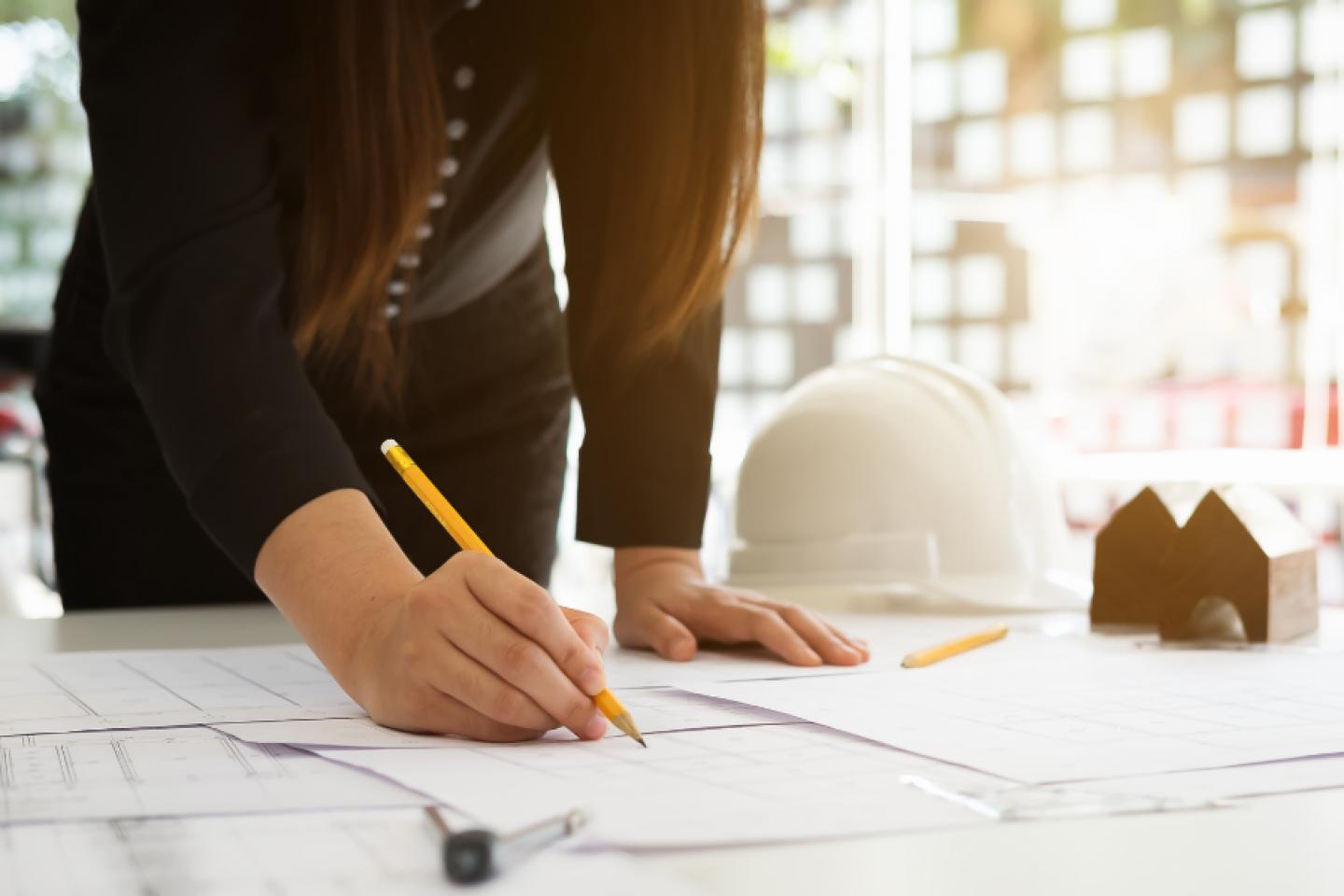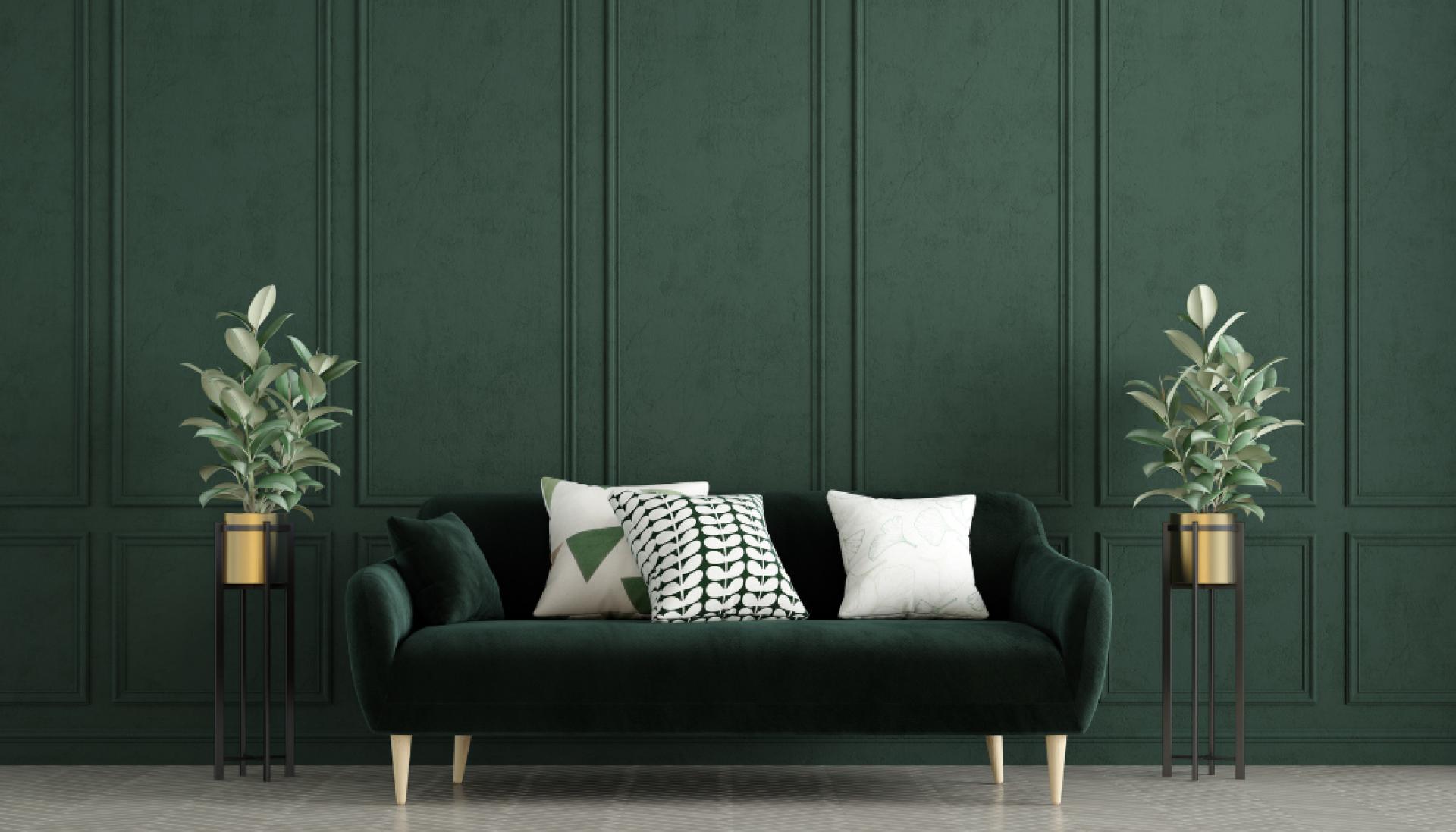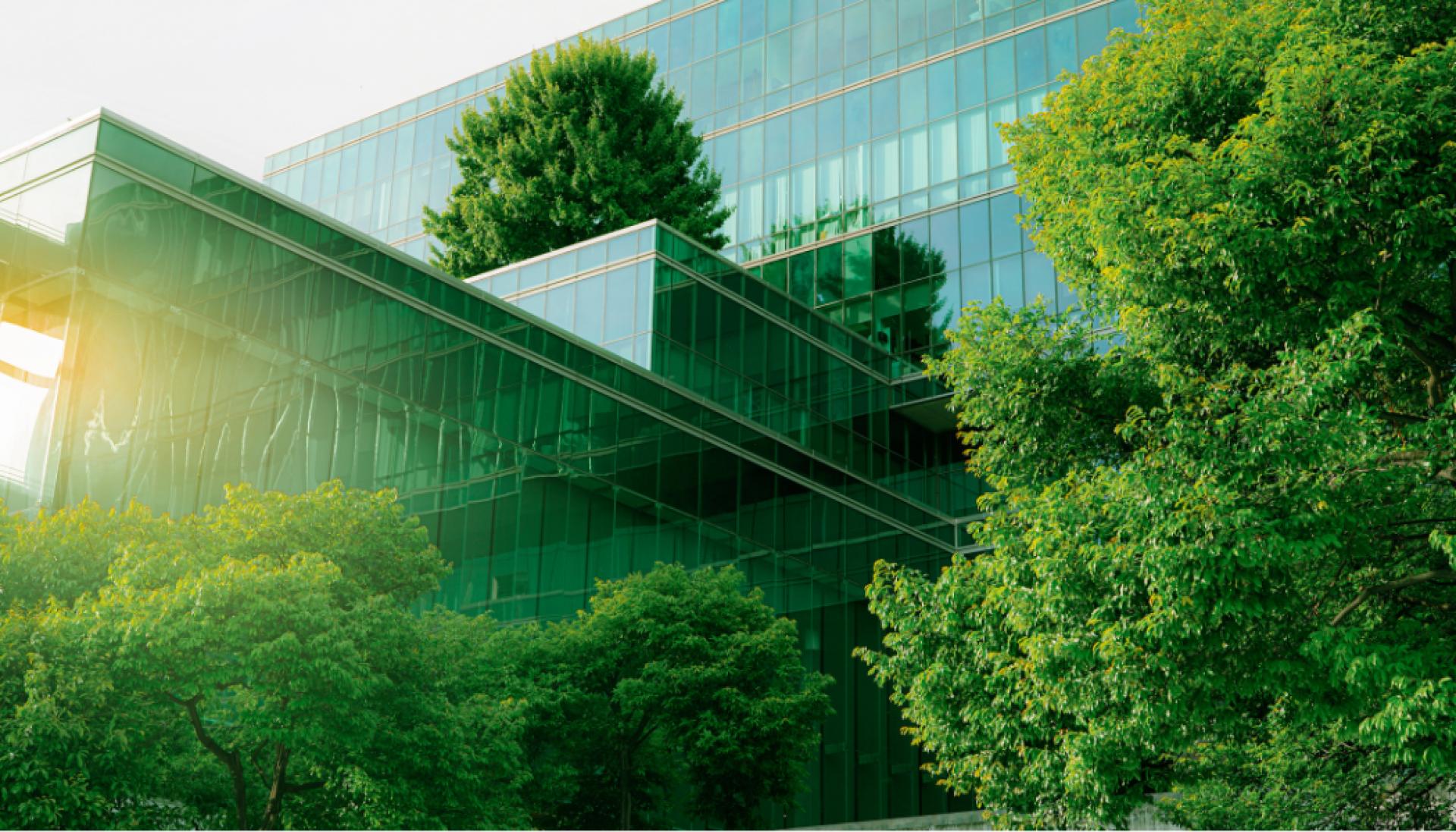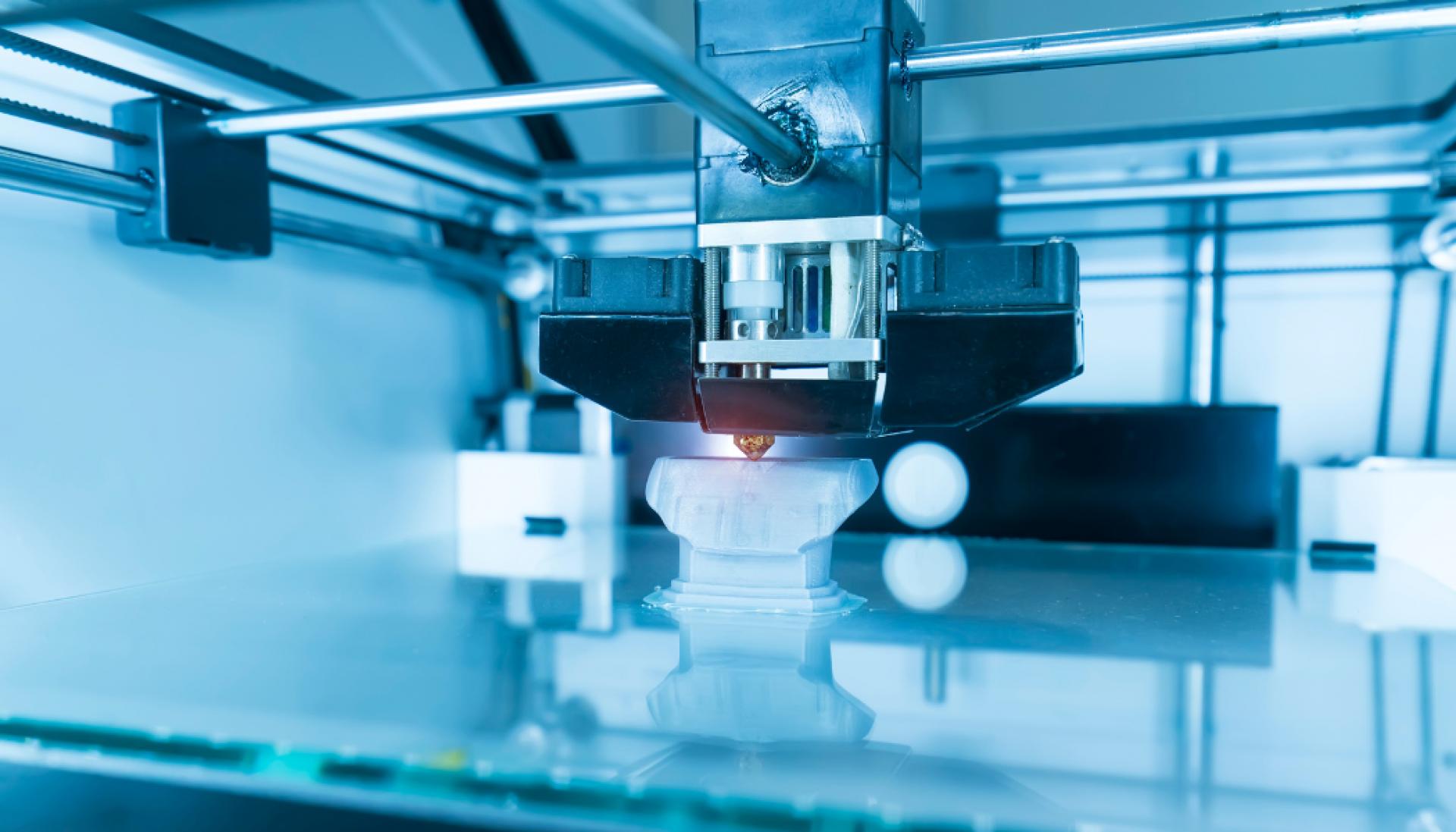While we often focus exclusively on nature when talking about the environment, the ‘built environment’ has a colossal impact on our daily lives.
The built environment includes every artificial structure we see around us, from city skyscrapers to residential neighbourhoods and roads. It’s the infrastructure that provides us with shelter, transport, and energy - and it’s also changing in a big way.
Like every industry, the built environment sector is constantly evolving. Priorities shift, technology develops, and innovators emerge. In the next few years, several major trends are anticipated that will bring huge, lasting changes to the future of our built environments.
So why is this a big deal?
Well, for one thing, the built environment is a massive part of our daily lives. Any changes to our homes, offices, and transport systems will inevitably affect millions around the globe!
Secondly, and arguably more importantly, the built environment is intrinsically linked to the natural world. It’s becoming increasingly crucial for building projects to work in harmony with nature to mitigate damage and drive sustainability.
In this post, we’ll be deep-diving some of the key trends shaping the future of the built environment - and explaining how these changes will influence our quality of life, our day-to-day routines, and our planet.
1. A renewed focus on human experiences
The built environment doesn’t just provide us with spaces to live, work, and play in. It also has a direct influence on our daily experiences, and can actively contribute to the ways we interact with each other as humans.
Interior design choices in our homes, for example, can have a significant impact on our mood. If our homes feel comfortable, private, and safe, then we’re likely to be much happier and more relaxed.
Design also plays a vital role in work environments. Bright, open office spaces encourage more in-person meetings and collaboration between workers, which can be hugely important for company cultures.
In the post-pandemic world, there is a renewed focus on implementing design strategies that improve human experiences. We can expect to see more designers and architects approaching projects with a human-first mindset, creating built environments that prioritise our needs and expectations.
2. Decarbonization, sustainability, and equitable design
As concerns around the climate emergency continue to escalate, there is a global push for our built environments to become more sustainable and eco-friendly.
Building projects are responsible for roughly 40% of global energy-related CO₂ emissions, and in the coming years, there will be a massive focus on reducing the carbon footprint of urban development. While eco-friendly building practices may previously have been fairly low on the priority list, they’re now becoming critical as the climate crisis intensifies.
There are many ways in which our built environments can become more sustainable, such as:
- Carbon capture being used to reduce harmful building emissions and store/re-purpose carbon dioxide
- A circular economy facilitating the recycling of building/waste materials
- Building projects utilising renewable energy sources rather than fossil fuels
- The creation of more green spaces to encourage biodiversity and offset carbon emissions
B-Corp organisations such as dRMM, House of Hackney, The Furniture Practice, Shedkm, and Make Architects are making huge strides to improve the sustainability of their architecture/design projects, and leading the charge when it comes to transforming built environments.
However, the push for better design isn’t limited to environmental sustainability - there is also increasing pressure for built environments to address social inequality.
Socioeconomically disadvantaged individuals often need to deal with various issues (e.g. low-quality construction, air pollution, poor insulation) that will need to be addressed through improvements to built environments. While our buildings undoubtedly need to do better for the environment, they also need to do better for their inhabitants.
3. The seamless integration of AI and technology
Technological advancements are changing every industry on the planet, and the built environment sector is no exception.
There are a mind-blowing number of opportunities for technology to optimise building projects, from satellite images that monitor urban development to the 3D printing of construction materials.
Technology isn’t just a novelty for the built environment industry, either. When used correctly, technology can enable designers, builders, and architects to dramatically increase project efficiency, reduce environmental damage, improve safety, and identify potential hazards.
For example, machine learning has many exciting applications for built environments.
AI can rapidly process and analyse a huge amount of data, meaning it can create accurate models to improve decision-making throughout building projects. This could help project managers to predict budgets, allocate resources, and learn from previous mistakes.
Virtual reality is another exciting technology that could be a game-changer within built environments. VR technology is already being used by architects and designers to test ideas, improve concepts, and provide clients with more realistic plans.
Digital transformation is inevitable in the built environment sector, and it’s important for every stakeholder (i.e. architects, government agencies, contractors) to embrace these changes. Technology offers almost limitless potential for construction projects, and could help to make built environments more accessible, affordable, and sustainable in the long run.
While these changes to the built environment sector won’t be happening overnight, that doesn’t mean they won’t make a noticeable impact. Built environments are all around us, affecting everything from our home lives to the natural world.
These drastic changes are also likely to cause rapid growth for many businesses connected to building projects, which means an increasing need for experienced finance & operations hires.
More opportunities in the built environment market will require more expertise. At Harmonic, we specialise in helping companies recruit industry-leading talent who share their core business values.
Need support with hiring finance & operations professionals? Don’t hesitate to get in touch with Nadine ([email protected]) to explore your options and find your perfect candidates!



